Novel tin-based metal–organic frameworks for reducing carbon dioxide to formate
Green Car Congress
JUNE 5, 2023
Researchers from Tokyo Tech have developed a tin-based metal–organic framework (MOF) that can photocatalytically reduce carbon dioxide (CO 2 ) into formate under visible light. A popular method for carrying out such conversions is to use visible light for driving the photoreduction of CO 2 via photocatalysts. —Prof. 202305923


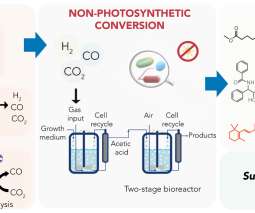

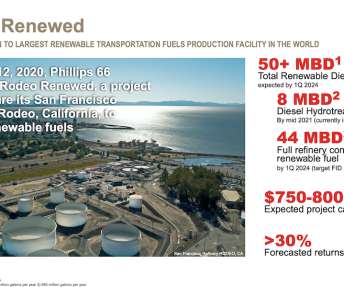



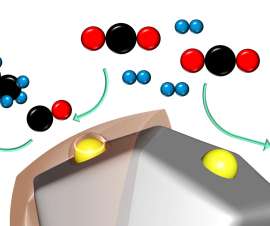



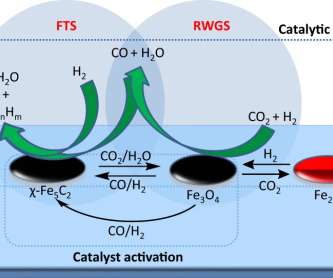











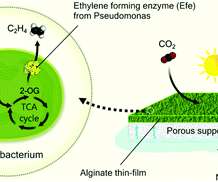















Let's personalize your content